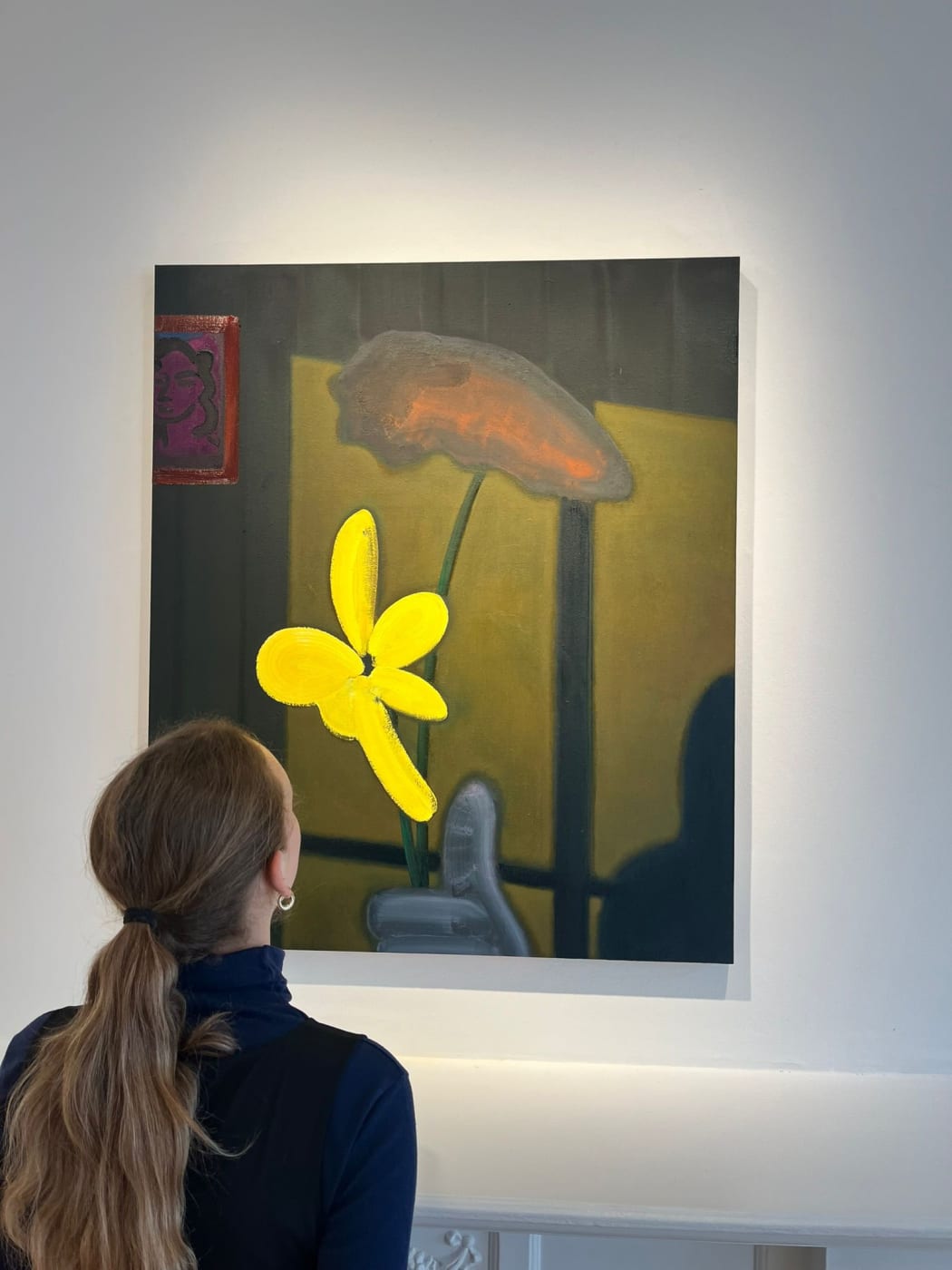
Original artwork
Original artwork refers to the notion that the artwork was made directly by the artist as a unique piece. No other version of this precise artwork will exist. If in doubt, please don’t hesitate to reach out and check with us!
Edition
An edition refers to a select version of a particular original artwork. Other versions of the same original artwork may exist. Editions are commonly numbered to distinguish them from each other. With prints, for example, they exist as 'limited editions', whereby you might purchase a 11/50 limited edition.
Medium
An artwork’s medium refers to the material which constitutes the art. Common mediums for paintings include oil on canvas and acrylic on canvas. For sculpture, there typically exists a greater diversity of mediums, from bronze, stone, plaster, textiles, ceramic etc. Other art mediums might include: photography, pencil on paper, and prints. The term ‘mixed media’ simply refers to the use of different kinds of mediums in the same artwork. An example might be pencil, oil pastel and textile on board. Go to our Instagram to view the diversity of mediums we love!
Etching
An etching is a print technique. It involves the process of ‘etching’ a design (making a recessed mark) into a metal place. The artist will then imbue the design with ink, wipe off the excess, and then print the design onto a sheet of paper by pressing the metal sheet and paper together tightly. The paper is often slightly dampened so that it can more easily absorb the ink design.
Certificate of authenticity
A certificate of authenticity is issued by a source of authority on the art to verify that the artwork is by the artist stated and exactly as described. This is an important part of the art world as it instills consumer confidence and prevents forgeries from entering the market. At THE TAGLI we always provide certificates of authenticity directly from our artists. Please do contact us if you have any queries.
Provenance
The provenance of an artwork refers to the history of where the artwork has been since its creation and by whom it has been owned. Obtaining a fact checked provenance history from an authoritative source is important for the purpose of establishing the artwork’s value and authenticity. Provenance research is a fascinating process but it can sometimes be complex and the help of art advisors, such as ourselves, can make all the difference.
Primary and secondary markets
If you are purchasing an artwork from the primary art market the artwork will come directly from the artist's studio, while if you are purchasing in the secondary market you will be purchasing from a party who has previously dealt with the artist or a prior owner of the work. At THE TAGLI, we are experienced in both the primary and secondary market and can source artwork from either. We can advise on which might fit your needs best and are more than happy to discuss!
Auctions
Auctions are public sales conducted through an auction house where the item is sold to the highest bidder. Auctions can involve the sale of artworks of a range of values. They can focus on many different types of art assets, from auctions that specialise in design, to Renaissance paintings, to modern and contemporary art. In recent years contemporary art has reached unprecedented hights in the auction world, with many emerging contemporary artists gaining huge successes. For example, works by British painter Flora Yukhnovich and London-based painter, Michaela Yearwood-Dan.
Emerging artist
Artists who might be considered ‘emerging’ are those who have newly entered the art world. These artists are in the early stages of their career, perhaps having recently graduated from art school. At THE TAGLI we specialise in platforming emerging artists as they represent fresh talent, new ideas, and a forward-thinking attitude. See our list of emerging artists here.
Established artist
Established artists are artists who have been producing art for a number of years and have gained sufficient experience and acclaim in the art world to be considered ‘established’.
Art dealer
Art dealers can act as third parties within art transactions. They will exist between the seller and the buyer to aid a successful business agreement. Art dealers are paid a commission by the party through which they have been hired. More broadly, art dealers come in many different forms. They can take the form of a commercial gallery, but they can also exist independently.
Curator
A curator is often an expert in the field. Through research they select which artists to bring together to tell a story through an exhibition. Curators can transform art viewership in wonderful ways. They provide fresh perspectives on art through collaborations and juxtapositions, encouraging viewers to stop and think about the work on display. Curators exist across the private and public sectors to bring exhibitions to life in a plethora of different art contexts. See our most recent exhibition held at Cromwell Place, Tell me everything you saw and what you think it means, which was beautifully curated by Yates Norton.
Please don't hesistate to reach out if you have any queries!